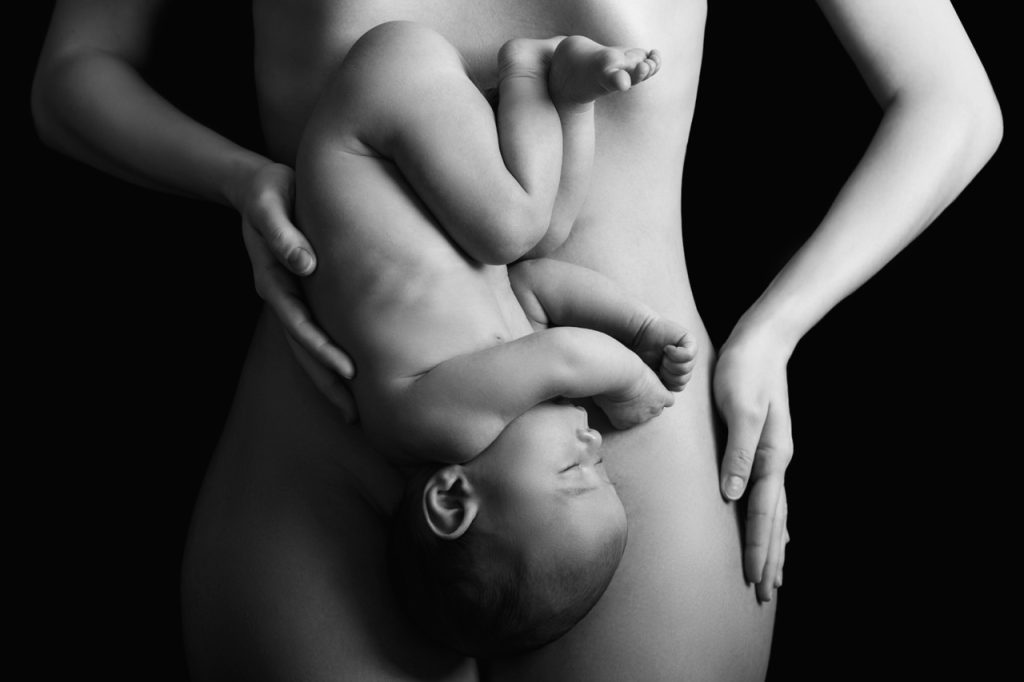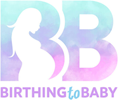Face Presentation During Labor: What It Means and What to Expect

Pregnancy and childbirth come with many unknowns, and one rare situation that may arise during labor is face presentation. While it’s uncommon, understanding what it is and how it’s managed can help expecting parents feel more informed and empowered.
What Is Face Presentation?
In a typical birth, a baby enters the birth canal headfirst with the chin tucked to the chest, allowing the smallest part of the head (the crown) to lead the way. In face presentation, however, the baby’s head is extended backward so that the face becomes the presenting part. This means the baby’s chin, mouth, or even nose may be the first to appear during delivery, rather than the top of the head.
How Common Is It?
Face presentation is rare, occurring in approximately 1 in every 500 to 600 births. While it may sound alarming, it’s simply another variation of how babies position themselves for birth—and it doesn’t automatically mean something is wrong.
What Causes It?
There are a few reasons why face presentation might occur:
- An unusually shaped pelvis
- A very large baby
- A low-lying placenta or uterine abnormality
- High levels of amniotic fluid
- Fetal anomalies (though rare)
- A baby positioned awkwardly (such as with their head tilted backward)
Sometimes, there’s no identifiable cause—it just happens.
What Are the Signs?
Face presentation is usually diagnosed during labor through a vaginal examination. A healthcare provider may feel the baby’s facial features—like the nose, mouth, or eyes—which is different from the feel of a typical crown presentation.
In some cases, ultrasound imaging may confirm the diagnosis if labor is not progressing as expected.
Can You Still Deliver Vaginally?
Yes, some vaginal deliveries are possible with face presentation, especially if:
- The baby’s chin is facing forward (called “mentum anterior”)
- The baby is not too large
- The pelvis is favorable
However, vaginal delivery may be more difficult and prolonged, and the baby might experience more facial swelling or bruising. If the baby’s chin is facing the mother’s spine (mentum posterior), a vaginal birth is unlikely to succeed, and a cesarean section (C-section) will likely be recommended.
Is It Safe?
With modern obstetric care, face presentation is usually managed safely and effectively. Your healthcare provider will carefully monitor both your baby and your labor progress. If a C-section is needed, it will be done to ensure the safety of both you and your baby.
What You Can Do
While you can’t prevent face presentation, it helps to:
- Attend regular prenatal appointments
- Ask questions about your baby’s position as your due date approaches
- Discuss all your birth preferences and options with your provider
If you’re concerned about your baby’s position or want to be as prepared as possible, a prenatal birthing class can be an excellent way to learn about all stages and variations of labor—including face presentation.






